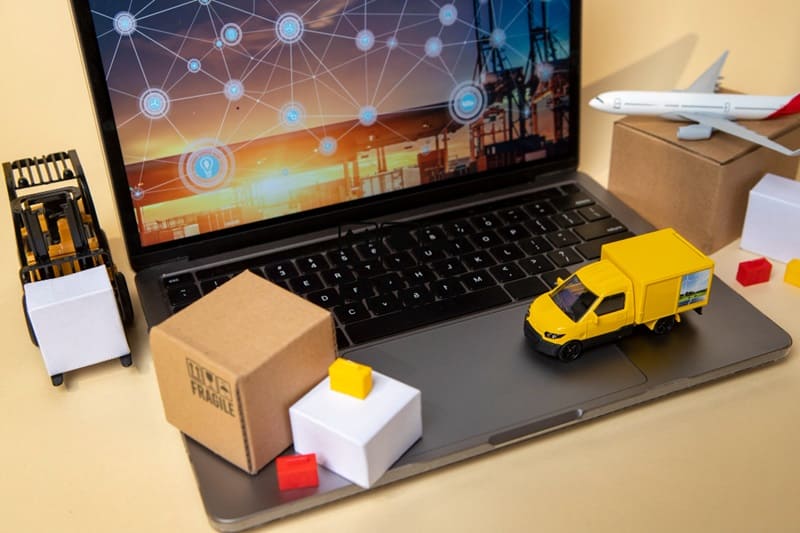In recent years, global crises have mercilessly exposed the vulnerability of global supply chains. Especially in B2B trade, where reliable material and goods flows are essential, it becomes clear: Resilient supply chains are not a luxury, but vital for survival. But how can this resilience be concretely increased?
1. Diversification of Suppliers and Routes
A central element is moving away from one-sided dependencies. Companies should broaden their supplier base geographically and structurally. It is also advisable to examine alternative transport routes and transshipment points to be able to react flexibly to disruptions.
2. Partnerships with Reliable Logistics Service Providers
An experienced logistics partner like Rhine Transporte offers access to an extensive network and enables quick reactions to bottlenecks or failures. Through flexible capacities and coordinated emergency plans, delays can be minimized.
3. Transparency & Digital Tools
Modern IT solutions such as Transport Management Systems (TMS) and real-time tracking create full transparency along the entire supply chain. Early warning systems and data-driven analyses help to identify risks early and initiate countermeasures.
4. Storage Strategies & Safety Stocks
Classic approaches such as safety stocks or decentralized warehouses can also cushion bottlenecks. Ideally, these are flexibly scalable and strategically positioned to optimize delivery times.
5. Scenario Planning & Emergency Management
Resilience means not only reacting to crises but actively preparing for them. Regular risk analyses, scenario workshops, and training for emergency management are essential components of a robust supply chain strategy.
Conclusion: Proactive Instead of Reactive
Supply chain resilience is not a static state, but an ongoing process. With a strong partner like Rhine Transporte by their side, B2B companies benefit not only from operational reliability but also from strategic advice that helps make supply chains sustainably resilient.



